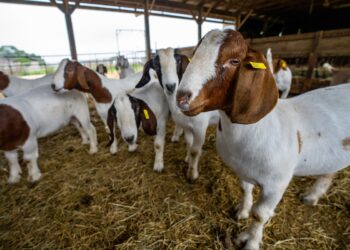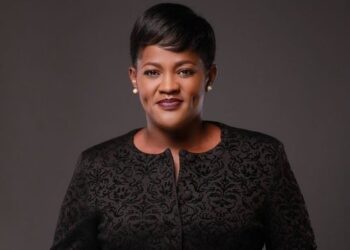
The Electricity Control Board (ECB) says it expects the country’s newest Regional Electricity Distributors (REDs) , SORED to become operational next year, with consultations still on-going regarding the creation of the CENTRAL RED.
According to the ECB, it could take more than two years to establish the CENTRAL RED amid on-going consultations, while an agreement has already been reached for the creation of SORED.
“For SORED, once the Attorney-General approves the agreements the process towards establishment will commence. Hopefully during the course of 2022. For CENTRAL RED as we are in the consultation phase, it might take about 2 or 3 more years,†ECB acting Chief Executive Officer Pinehas Mutota said in response to an inquiry from The Brief.
SORED will consist of the Hardap and //Karas regions, with the CENTRAL RED set to include Khomas, Omaheke and Otjozondjupa South regions.
He said the creation of the two REDs was already approved by the Cabinet in November of 2000 as part of efforts to restructure the country’s Electricity Supply Industry (ESI).
“The Electricity Distribution Industry (EDI) Summit (attended by all Regional Councils and Local Authority Councils) held in 2014, resolved the continuation of the establishment of the two remaining REDs. So far, three REDs are established, NORED, CENORED and ERONGO RED and two remaining REDs (Central RED and SORED) still to be established,†Mutota said.
 The ECB acting CEO noted that the creation of two REDs was to ensure efficiency, and effective service delivery to the customers by an entity that is mandated to distribute electricity.
“The RED which will be owned by the LA and RC will take over the service of distribution and will do it on behalf of the LA to ensure customer focus and effective operations.â€
“One of the key reform initiatives involved the establishment of a number of viable REDs through the consolidation of the current fragmented distribution industry. The concept of consolidating the distribution industry was developed to address the many deficiencies found in the fragmented electricity sector namely poor service delivery and safety concerns, limited funds for infrastructure development and maintenance, and poor debt collection resulting in huge outstanding debts owed to NamPower (currently LA and RC in areas where there are no REDs owes NamPower around N$ 400 million in electricity bulk costs). Such outstanding debts in turn threaten the financial viability of NamPower,” he said.
Quizzed if the planned REDs will not increase the cost of electricity by factoring in their margins, Mutota said, “ a cost of a unit is depended on the inputs cost of delivering that unit to the consumers, it is the intention of Government and the ECB that the REDs will bring in efficiency in the sector and consumers will pay reasonable and cost effective tariffs that offers sustainability and ensure supply.â€
“Sustainability of the Electricity Supply Industry is important to a growing Namibian economy. Cost recovery in accordance with the tariff methodology is imperative in ensuring that the electricity industry is financially viable and self-sustaining.â€
This comes as Windhoek Mayor, Job Amupanda, has raised alarm over plans to create a RED which will incorporate Windhoek, amid concern the plans will impact residents through high electricity bills and municipality revenues.
“What this means is that you will now pay more for your electricity than what you are paying to the City. The City will be left with no choice but to increase your rates and taxes because the new company will have a huge effect on the cash flows of the City,†he said in a social media post.











